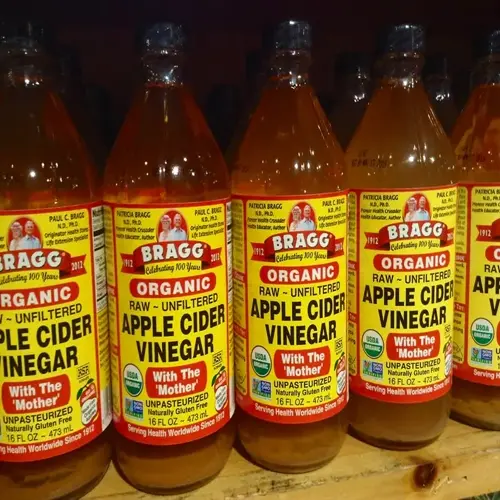How do I read nutrition labels effectively?

Written by
Chen Jialiang
Reviewed by
Prof. Benjamin Murphy, Ph.D.Nutrition labels provide a wealth of information, enabling you to understand better what you are eating, which allows you to make informed food choices. When reading labels, focus on key areas, such as serving sizes and the ingredient list. This will enhance your ability to identify hidden sugars, excessive sodium, and truly healthful foods. To start, pay particular attention to these key areas of every packaged food item.
Macronutrient Analysis
- Serving size determines all other nutrient calculations
- Added sugars should be under 5g per serving
- Protein and fiber amounts indicate satiety potential
Ingredient Insights
- First ingredients listed make up the largest proportions
- Shorter lists typically indicate less processed foods
- Watch for hidden sugars under names like dextrose or malt syrup
- Identify unnecessary additives and preservatives
Look at similar products and their % Daily values. This shows how nutrients help meet daily needs. Select the products that have higher percentages of fiber and protein. Select products that have lower sodium and added sugars % percentages. This method of comparison is particularly helpful in making decisions at the grocery store.
Practice regularly to build confidence. Start by working on label sections, such as serving size. Move on to understanding ingredient lists. Before long, you will be able to scan labels and quickly determine which ones are truly nutritious. This skill will become second nature and help you maintain your health goals.
Read the full article: 10 Healthy Eating Tips for Beginners

